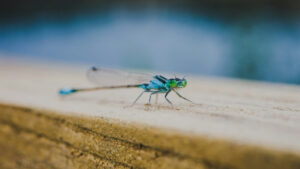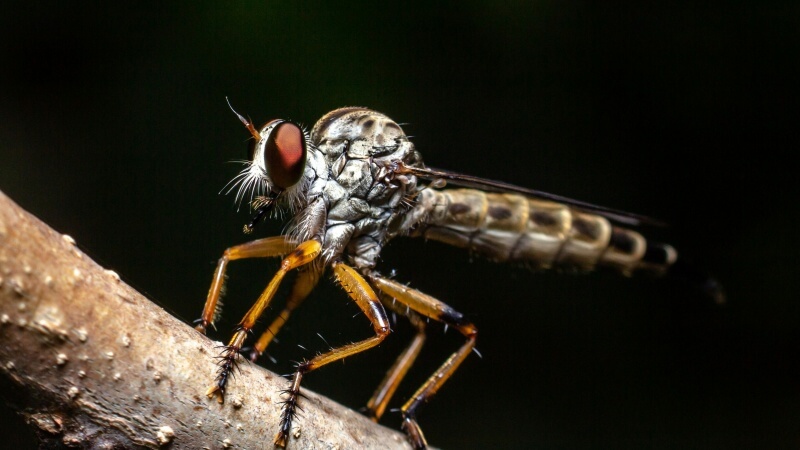
How To Design A Waterproof Mosquito Light
There’s something almost magical about a mosquito light—a beacon in the night that promises to shield us from the irksome buzz and bites of mosquitoes.

Embarking on the mission to keep our summer nights serene, the mosquito light stands as our first line of defense against the relentless buzzing adversaries.
However, as the seasons turn or when the time comes for a household declutter, the question arises: how do we store this beacon of peace correctly?
This guide dives deep into the art of storing your mosquito light, ensuring it stays ready for action, safeguarding your nights with its luminescent shield.
Grasping the essence of your mosquito light not only enlightens you about its functionalities but also aids in its preservation.
The allure of your mosquito light lies in its ability to mimic the irresistible call of nature to mosquitoes, only to ensnare them upon arrival.
This mechanism, pivotal to its operation, underscores the importance of mindful storage to prevent the degradation of its ultraviolet charm.
Navigating through the various incarnations of mosquito lights can be as intricate as the ecosystems they protect.
Whether you’re championing the cause with an electric zapper or a UV attractant, recognizing your device’s unique needs is crucial.
Beyond the realms of tidiness and organization, storing your mosquito light with care is a testament to your commitment to combatting the nocturnal nuisances.
Proper storage not only extends the lifespan of your device but also preserves its efficiency for many seasons to come.
The key to longevity and sustained performance of your mosquito light lies in the preparations you undertake before hibernation.
The efficacy of your mosquito light can be significantly hampered by the accumulation of dust and the remnants of its nightly conquests. A meticulous clean ensures it remains as effective as ever.
Before your mosquito light retreats into its off-season sanctuary, a thorough examination for signs of wear or damage can preemptively address issues that might compromise its future performance.
The heart of your mosquito light’s functionality often lies in its battery or bulb. Attention to these components is essential for a wakeful resurrection.
The sanctity of your mosquito light’s off-season abode plays a pivotal role in its preservation.
The longevity of your mosquito light is intrinsically linked to the environment it resides in during its dormancy. Moisture and temperature fluctuations are formidable foes in this saga.
The quest for the ideal storage spot for your mosquito light also entails safeguarding it from inadvertent harm.
As the wheel of seasons turns and the mosquitoes herald their return, having your mosquito light within arm’s reach ensures your readiness to renew the battle.
Even in the depths of its winter refuge, your mosquito light craves attention to ensure its valiant return.
An occasional visit to your mosquito light’s sanctum not only reassures its readiness but also fortifies your defenses for the upcoming season.
The guardianship of your mosquito light’s power source is paramount in the off-season ballet.
The beacon of your mosquito light—its bulb—serves as the siren call to unsuspecting mosquitoes. Ensuring its brilliance is a task of utmost importance.
Verify the bulb’s functionality and replace it if the light appears dim or flickers.
Stock an extra bulb to ensure a seamless transition into the new mosquito season.
In the quiet of the off-season, the diligent storage of your mosquito light transcends mere organization. It’s a commitment to ensuring that when the nights warm and the air buzzes once more, your silent guardian is ready to resume its watch.
By adhering to these guidelines, you’re not only preserving a device but fortifying your sanctuary against the inevitable return of our nocturnal foes.
As the seasons cycle, rest assured that your mosquito light will stand ready, a testament to your foresight and care. Here’s to the light that keeps the mosquitoes at bay, ensuring our nights remain ours to enjoy!
Can I store my mosquito lights outdoors during the off-season?
Storing your mosquito light outdoors is not recommended, even if it’s designed for outdoor use. Exposure to elements like rain, snow, and extreme temperature changes can damage the unit. Instead, find a cool, dry place indoors for storage.
How do I know if my mosquito light’s bulb needs to be replaced?
A clear sign that the bulb needs replacing is if it no longer emits light or the light is significantly dimmer than usual. Also, check the manufacturer’s guidelines for the bulb’s lifespan as a proactive measure during storage checks.
Is it necessary to clean the mosquito light before storing it for the winter?
Yes, cleaning your mosquito light before storage is crucial. Dust, debris, and insect remains can affect the device’s efficiency and attract pests. A clean device is less likely to have issues when you take it out of storage.
What should I do if I find damage on my mosquito light during the off-season check?
If you discover any damage, such as cracks or malfunctioning parts, consult the manufacturer’s warranty or a professional repair service. Addressing damage promptly can prevent further issues when it’s time to use the device again.
How often should I check on my stored mosquito light during the off-season?
A bi-annual check-up is a good practice. This allows you to ensure that the storage conditions (such as temperature and humidity) remain constant and the device hasn’t sustained any damage or deterioration while in storage.


There’s something almost magical about a mosquito light—a beacon in the night that promises to shield us from the irksome buzz and bites of mosquitoes.

Within the first few moments of considering a mosquito light, the idea transforms from a mere concept into a beacon of hope against the nightly

The moment you switch on a mosquito light, you declare war on those pesky insects. But what if I told you that you could turbocharge

Imagine this scenario: as the hues of twilight blend into the evening sky, your mosquito light buzzes to life, standing guard against the night’s swarm

There’s something almost magical about a mosquito light—a beacon in the night that promises to shield us from the irksome buzz and bites of mosquitoes.

Within the first few moments of considering a mosquito light, the idea transforms from a mere concept into a beacon of hope against the nightly

The moment you switch on a mosquito light, you declare war on those pesky insects. But what if I told you that you could turbocharge

Imagine this scenario: as the hues of twilight blend into the evening sky, your mosquito light buzzes to life, standing guard against the night’s swarm
Copyright © 2024 mosquitokillerlight. All Rights Reserved.